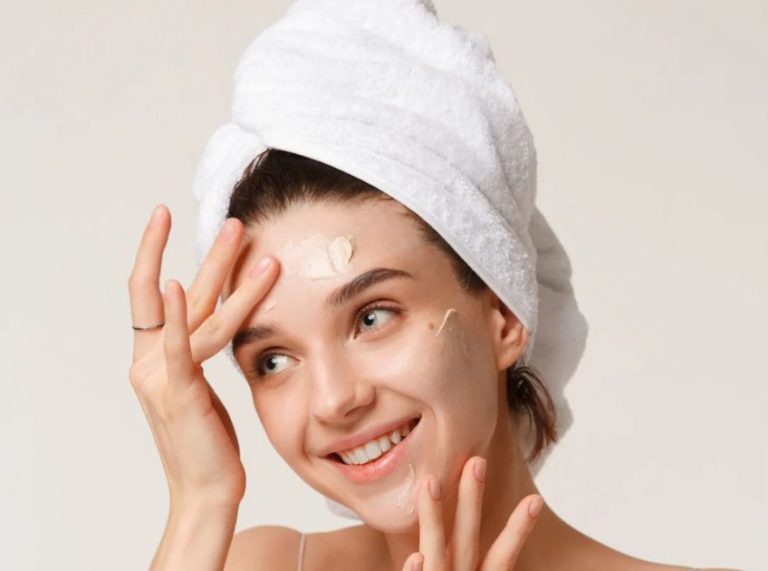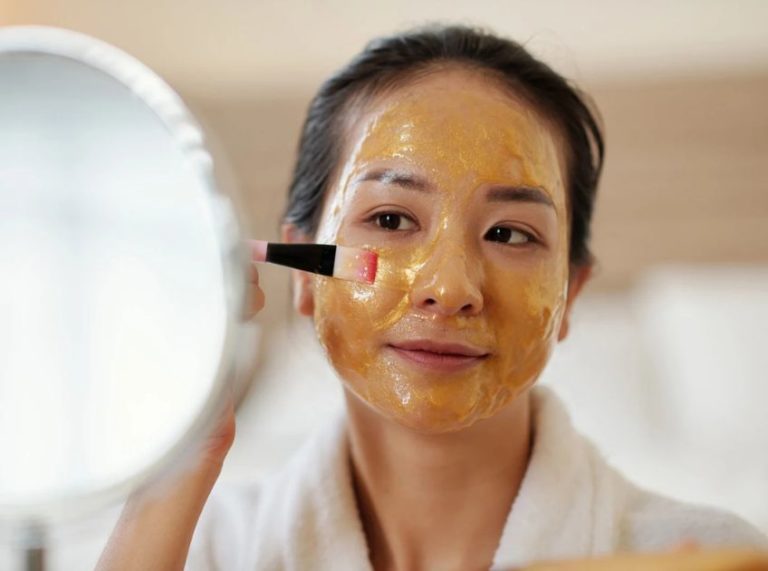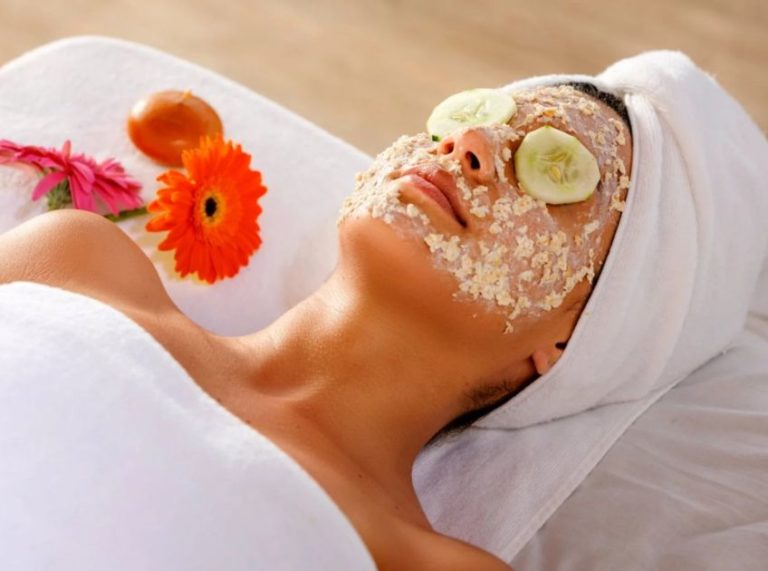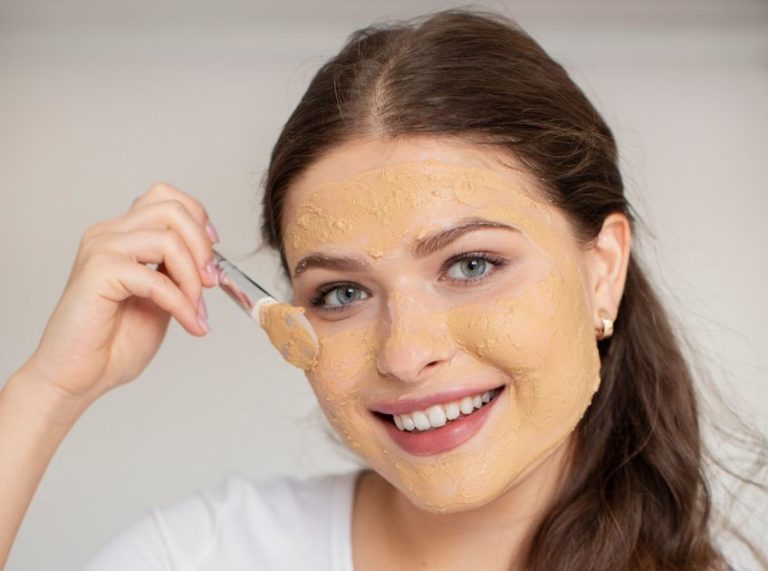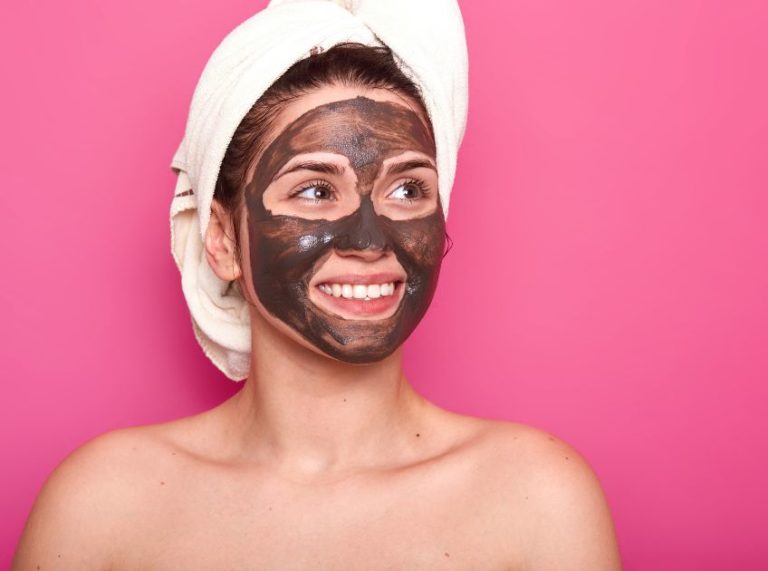
Important: This article is for informational purposes only. Please read our full disclaimer for more details.
If stubborn dark spots and uneven skin tone have frustrated you, you’re not alone. Hyperpigmentation can feel impossible to treat, but the right natural remedies offer real hope.
One ancient ingredient, turmeric, stands out as a powerful skin ally. This easy, effective face mask could be the boost your skin has been waiting for.
Article Contains
- Why Turmeric Face Masks Are a Game-Changer for Hyperpigmentation
- Unlocking the Science: Why Turmeric Works Wonders
- Know When to Pause: When to Discontinue Use
- Customize Your Mask: Adjust Ingredient Quantities
- Best Skin Types for Turmeric Masks
- Is It Safe to Use Turmeric on Your Face?
- Best 2 DIY Turmeric Face Mask Recipes for Hyperpigmentation
Discover how to make a turmeric face mask for hyperpigmentation and why it deserves a spot in your skincare routine.
Why Turmeric Face Masks Are a Game-Changer for Hyperpigmentation
- Turmeric (1) contains curcumin, known for brightening dark spots and evening out skin tone (2).
- It has anti-inflammatory properties that calm irritation and reduce redness.
- Natural antioxidants protect skin cells from environmental damage and prevent further pigmentation.
- Regular use can lead to a more radiant, even complexion without harsh chemicals.
Unlocking the Science: Why Turmeric Works Wonders
Several studies highlight turmeric’s effectiveness on hyperpigmentation.
A study published in the Journal of Clinical and Aesthetic Dermatology found that turmeric-based creams significantly improved melasma and skin tone over 4 weeks (3).
Here’s why turmeric is powerful:
- Curcumin: Inhibits melanin production, the root cause of dark patches (4).
- Anti-inflammatory compounds: Help heal skin faster and reduce post-inflammatory pigmentation.
- Antioxidants: Defend against free radicals that worsen skin discoloration (5).
When combined with ingredients like honey or yogurt, turmeric’s skin benefits are amplified, offering moisturization, exfoliation, and further brightening.
Know When to Pause: When to Discontinue Use
While turmeric masks are gentle for most, you should discontinue use if you notice:
- Increased redness or irritation
- Allergic reactions like itching or hives
- Persistent yellow staining that doesn’t fade
Always do a patch test before the first full application to avoid unwanted reactions.
Customize Your Mask: Adjust Ingredient Quantities
Your skin’s needs can vary:
- For oily skin, use more turmeric and less honey to avoid excess moisture.
- For dry skin, add extra yogurt or aloe vera gel to enhance hydration.
- For sensitive skin, use smaller amounts of turmeric and mix with calming bases like cucumber juice.
Tweak the formula to match your skin’s condition on any given day.
Best Skin Types for Turmeric Masks
Turmeric masks suit many, but they work best for:
- Normal to oily skin: Helps balance oil and fade pigmentation.
- Combination skin: Targets dark spots without drying out skin.
- Mildly sensitive skin: If diluted properly, turmeric can calm mild irritation.
For very sensitive or reactive skin, consult a dermatologist before starting.
Is It Safe to Use Turmeric on Your Face?
Generally, yes — turmeric is considered safe for topical use.
However, safety tips include:
- Always do a patch test 24 hours before full use.
- Use pure turmeric powder (free from additives or dyes).
- Limit use to 2–3 times a week to avoid over-exfoliation.
Minor yellow staining is normal but temporary and usually washes off with a gentle cleanser.
Best 2 DIY Turmeric Face Mask Recipes for Hyperpigmentation
1. Brightening Turmeric & Yogurt Face Mask
This mask soothes inflammation while gently exfoliating and lightening pigmentation.
Ingredients:
- 1 teaspoon turmeric powder (organic, pure)
- 1 tablespoon plain yogurt (Greek yogurt is best for its thickness and probiotic content)
- 1 teaspoon raw honey (unprocessed and organic)
- 2 drops fresh lemon juice (optional, for oily or acne-prone skin)
Step-by-Step Directions:
- In a small bowl, combine 1 teaspoon turmeric powder and 1 tablespoon yogurt.
- Add 1 teaspoon of honey and stir well to form a creamy paste.
- Optional: Add 2 drops of lemon juice if your skin is not sensitive to citrus.
- Mix thoroughly until smooth and consistent.
How to Apply:
- Wash your face with a gentle cleanser and pat dry.
- Use clean fingers or a brush to apply the mask evenly across the face.
- Avoid the eye and lip areas.
- Let it sit for 10–15 minutes.
- Rinse off with lukewarm water, using circular motions to exfoliate gently.
- Pat skin dry and follow up with a hydrating moisturizer.
Pro Tips:
- Use this mask 2–3 times a week for best results.
- For extra exfoliation, add 1/2 teaspoon of oats or chickpea flour.
- If staining occurs, wipe with a toner or milk-soaked cotton pad.
- Always apply sunscreen during the day to protect your skin from further pigmentation.
2. Turmeric & Aloe Vera Gel Spot Treatment
Perfect for sensitive skin or targeted pigmentation areas
Ingredients:
- 1 teaspoon turmeric powder (organic, cosmetic grade)
- 1 tablespoon aloe vera gel (fresh from the leaf or store-bought pure gel)
- 1/2 teaspoon rose water (natural toner and soothing agent)
Step-by-Step Directions:
- Add 1 teaspoon of turmeric powder into a mixing bowl.
- Blend in 1 tablespoon aloe vera gel until the mixture is lump-free.
- Stir in 1/2 teaspoon rose water for added hydration and toning.
- Mix until a smooth yellow gel forms.
How to Apply:
- Use this as a spot treatment on areas with dark spots, acne marks, or uneven patches.
- Apply a small amount using a cotton swab or your fingertip.
- Leave it on for 15–20 minutes or overnight if your skin tolerates it well.
- Rinse off gently with cool water.
- Use 3–4 times a week for visible fading of pigmentation.
Pro Tips:
- Store leftover gel in an airtight container in the fridge for up to 3 days.
- It can be used under a sheet mask for an extra hydrating session.
- Avoid using lemon in this recipe to keep it suitable for sensitive skin.
- A patch test is essential if you have rosacea or eczema.
Pro Tip
If you have sensitive skin, skip the lemon juice or use just a few drops to minimize irritation risk.
Frequently Asked Questions (FAQ’S)
Q1: How long does it take for a turmeric face mask to fade hyperpigmentation?
A. Results can vary, but with consistent use 2–3 times a week, visible improvement may appear within 4–8 weeks.
Q2: Will turmeric stain my skin permanently?
A. No, turmeric may leave a temporary yellow tint, but it washes off after a few cleanses or with a milk-soaked cotton ball.
Q3: Can I leave a turmeric mask on overnight?
A. It’s not recommended, as turmeric can stain bedding and may cause irritation if left on too long. Stick to 15–20 minutes per application.
Turmeric face masks offer a natural, effective way to combat hyperpigmentation and restore a vibrant glow. With just a few ingredients, you can create powerful DIY treatments at home. Adjust the recipe to suit your skin’s needs, and always prioritize safety for the best results. Give these turmeric face masks a try and enjoy a fresher, brighter complexion naturally.

